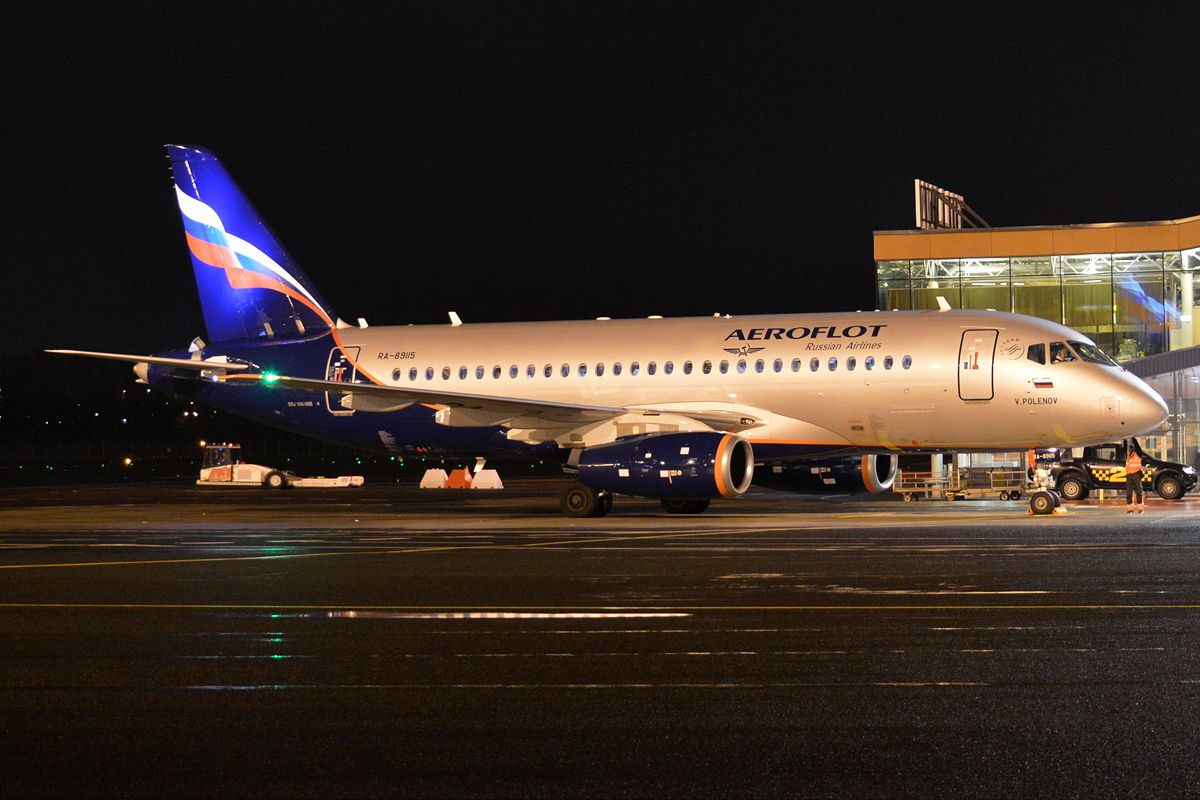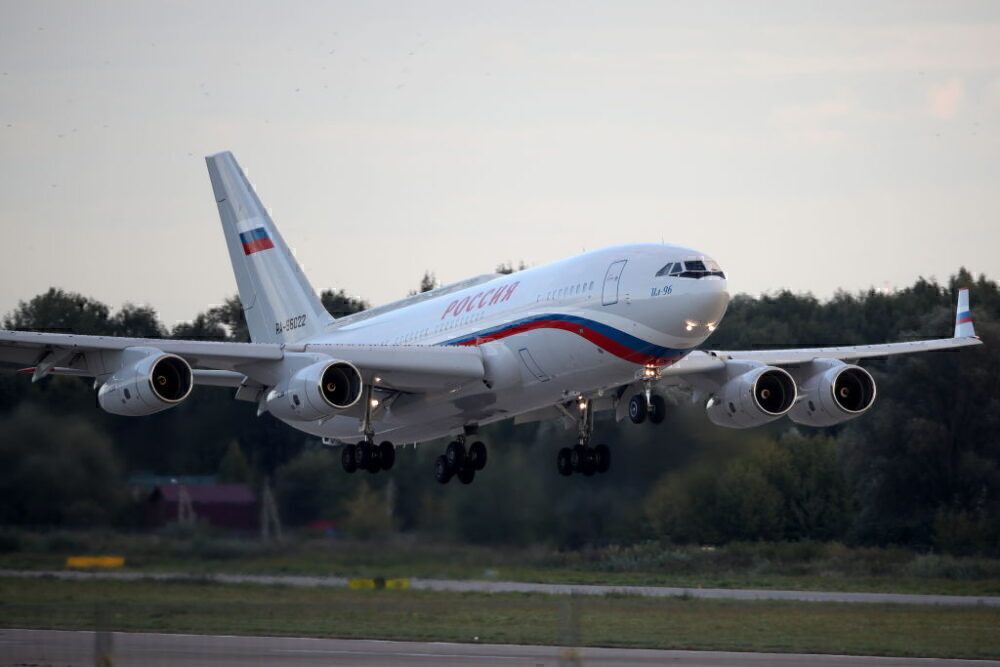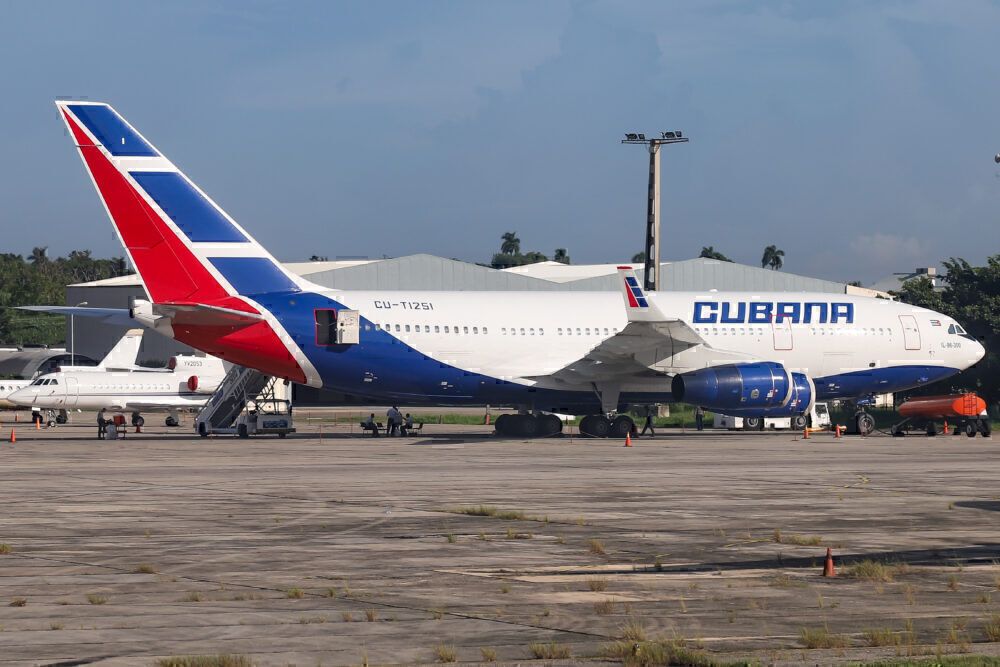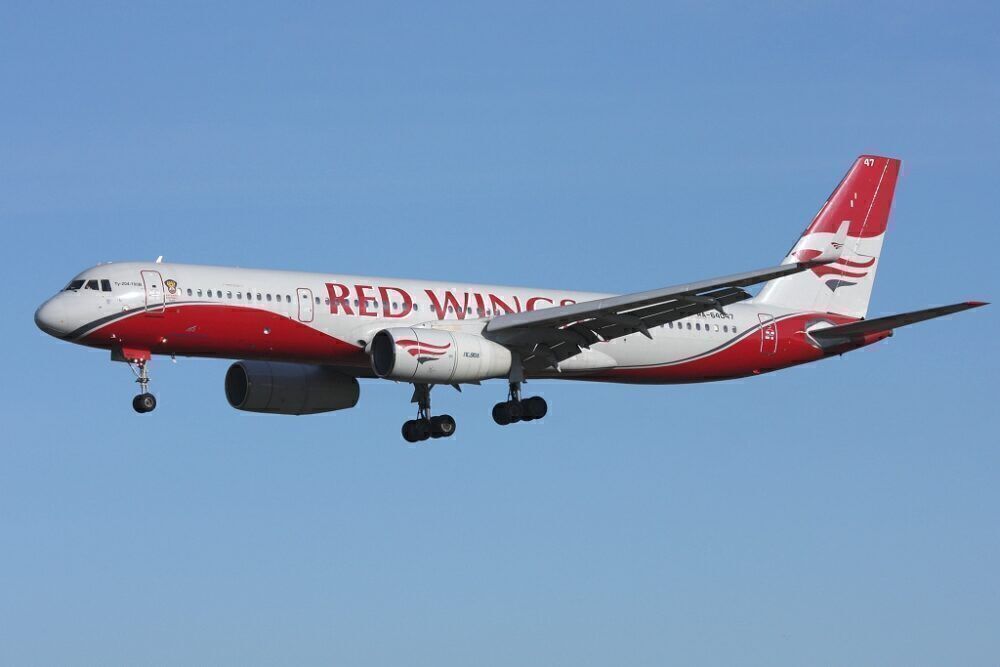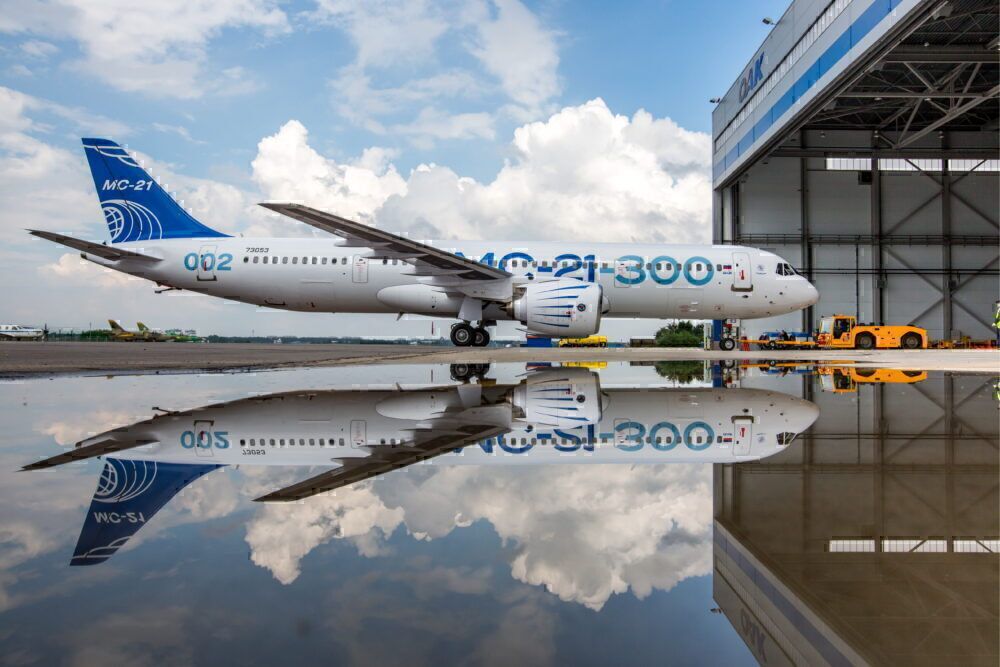Wherever you are, jet-powered commercial aircraft produced by industry juggernauts Airbus and Boeing are likely to be a common sight. This manufacturing duopoly has a presence in most markets, with many of their aircraft directly competing with one another. However, Russia is also an important center for aircraft manufacturing, with several well-established companies present there. But how do the jetliners compare to those of Airbus and Boeing?
Who are the key Russian manufacturers?
The majority of Russia's aircraft manufacturers are grouped under the wider umbrella of the United Aircraft Corporation (UAC). As well as including commercial aircraft manufacturers, this group also includes military producers such as Mikoyan.
The UAC was founded in February 2006 as part of a Presidential Decree by Vladimir Putin. It was hoped that, by grouping the companies, they would be able to collectively minimize their losses while also optimizing aircraft production.
Several significant manufacturers of commercial aircraft find themselves under the UAC umbrella. In this article, we shall explore aircraft from Ilyushin, Sukhoi, and Tupolev. Yakovlev has also produced commercial aircraft in the past, such as the Yak-40 and Yak-42. However, these rear-engine trijet designs are no longer in production.
Stay informed: Sign up for our daily and weekly aviation news digests.
The Ilyushin Il-96
One of the most widely-known Russian jetliners currently in production is the Ilyushin Il-96. This is because its use by Cuban flag carrier Cubana de Aviación has seen it broaden its horizons on transatlantic flights between Havana and European destinations such as Madrid and Paris. An example of the type can be seen in the photograph above.
Visually and in terms of its size, the four-engine aircraft bears similarities to the Airbus A340-300. In fact, it entered service just three months before the A340, in December 1992. The stretched-fuselage Il-96M is 64.7 meters long, and can fly 307 passengers (three-class) a range of 12,800 km (6,907 NM). Meanwhile, the 63.7 meter-long A340-200 holds up to 290 passengers across three classes, and has a range of 13,500 km (7,300 NM).
The Il-96M is similar in capacity (307 vs 305) and length (64.7 m vs 63.7 m) to the Boeing 777-200. Its 12,800 km (6,907 NM) range outranks the 777-200 in terms of range, although not in the case of the ER (13,080 km / 7,065 NM) and LR (14,075 km / 7,600 NM) versions. Ilyushin had recently been planning to relaunch an updated 400-seat Il-96-400M, although it has since reconsidered its decision to bring the concept into mass production.
Tupolev and Sukhoi designs
Meanwhile, Tupolev's present flagship is its single-aisle Tu-204 design. Of course, the company was previously known for producing the supersonic Tu-144, which briefly rivalled Concorde. The Tu-204, which entered service in 1996, is similars to the Airbus A321 and Boeing 757.
Indeed, aside from the short-fuselage Tu-204-300, all three aircraft are within three meters of each other in terms of length, ranging from 44.5 to 47.3 meters long. However, the best range that it can manage is 5,800 km (3,130 mi), compared to the 757-200's 7,250 (3,915 NM), or the original A321's 5,930 km (3,200 NM). Of course, aircraft from the newer A321neo series, such as the -LR and -XLR versions, can fly even further.
The Ilyushin Il-96 (30 aircraft) and the Tupolev Tu-204 (86 aircraft) have sold poorly, despite being in production for decades. However, the Sukhoi Superjet 100 has made a quicker start in terms of its sales efforts, with 172 reportedly having been produced as of July 2019.
This was less than a decade after it entered service with Armavia. These aircraft are also more widespread, seeing service as far afield as Mexico and Thailand. The Superjet corresponds most closely to the Airbus A220-100, although the latter has more than twice the range (6,390 km / 3,450 NM compared to just 3,048 km /1,646 NM).
Aircraft in development
There are also aircraft currently in development in Russia that may prove to provide greater challenges to Airbus and Boeing in markets they have previously dominated. For example, Irkut hopes to rival the A320neo and 737 MAX families with its MC-21. The company is a branch of the UAC and the parent company of fellow Russian aircraft manufacturer Yakovlev.
Russia has also teamed up with China in an attempt to produce an aircraft that will penetrate the long-haul market. Know as the CRAIC CR929, this project will see China's COMAC and the UAC join forces in an attempt to challenge the likes of the A330neo and Boeing 787.
The joint venture is currently targeting the mid to late 2020s for the aircraft's first flight and subsequent entry into service. It will certainly be interesting to see how this, and the Irkut MC-21, fare against their established Airbus and Boeing equivalents.
How many Russian-designed jet airliners have you flown on? How did you find they compared to their Airbus and Boeing equivalents? Let us know your thoughts and experiences in the comments.

